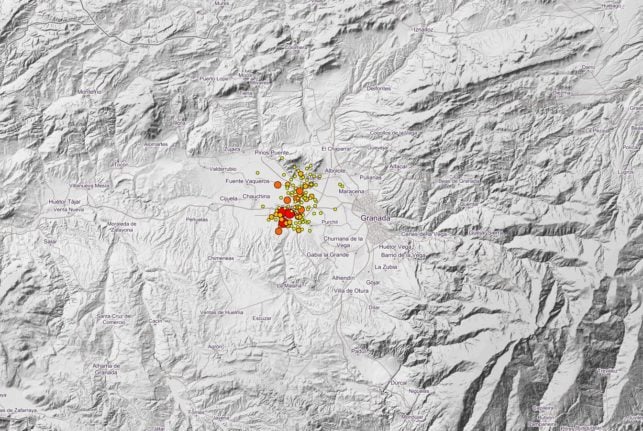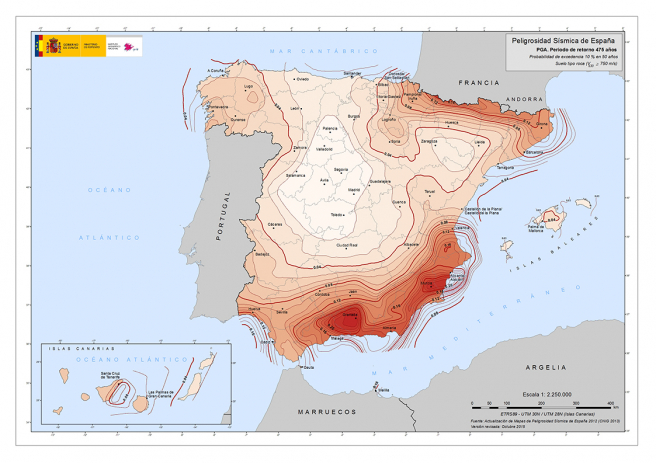The whale, which came ashore last year on a beach in Andalusia, had over 17 kilogrammes (37 pounds) of garbage blocking its stomach, including some 30 square metres (36 square yards) of plastic canvas, said Renaud de Stephanis, a marine biologist at the Doñana Biological Station, which is run by the Spanish National Research Council.
"We quickly realized that it had a real greenhouse inside its stomach. We did not expect it, but it did not surprise us," he told the news outlet AFP in a telephone interview.
"There were a dozen metres of plastic rope, plastic sheeting used on the outside of greenhouses, and plastic sheeting used inside and even two flower pots."
The discovery is worrying because it shows that "the sea is full of rubbish" and that waste management systems for plastic, not only in Spain, are not always effective, he said.
Sperm whales, which can be found throughout the Mediterranean Sea, typically feed on squid.
The whale that washed ashore in March 2012 on a beach south of Granada, not far from Almería, was "in a state of advanced emaciation", said de Stephanis.
"It was as if it had a rock inside its intestine, nothing could get through. There was so much plastic that it finally exploded," he added.
Very few large mammals, including only four sperm whales, have been proven to have died because they swallowed plastic waste, de Stephanis said.
"These big plastics crumble and the little pieces also go inside fish. And that is what we end up eating," said de Stephanis.





 Please whitelist us to continue reading.
Please whitelist us to continue reading.
Member comments